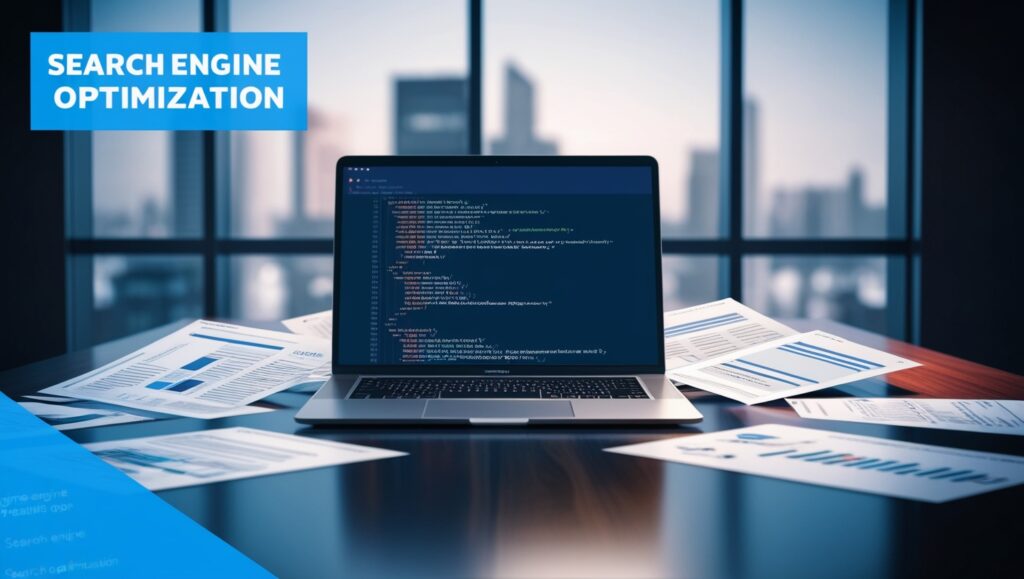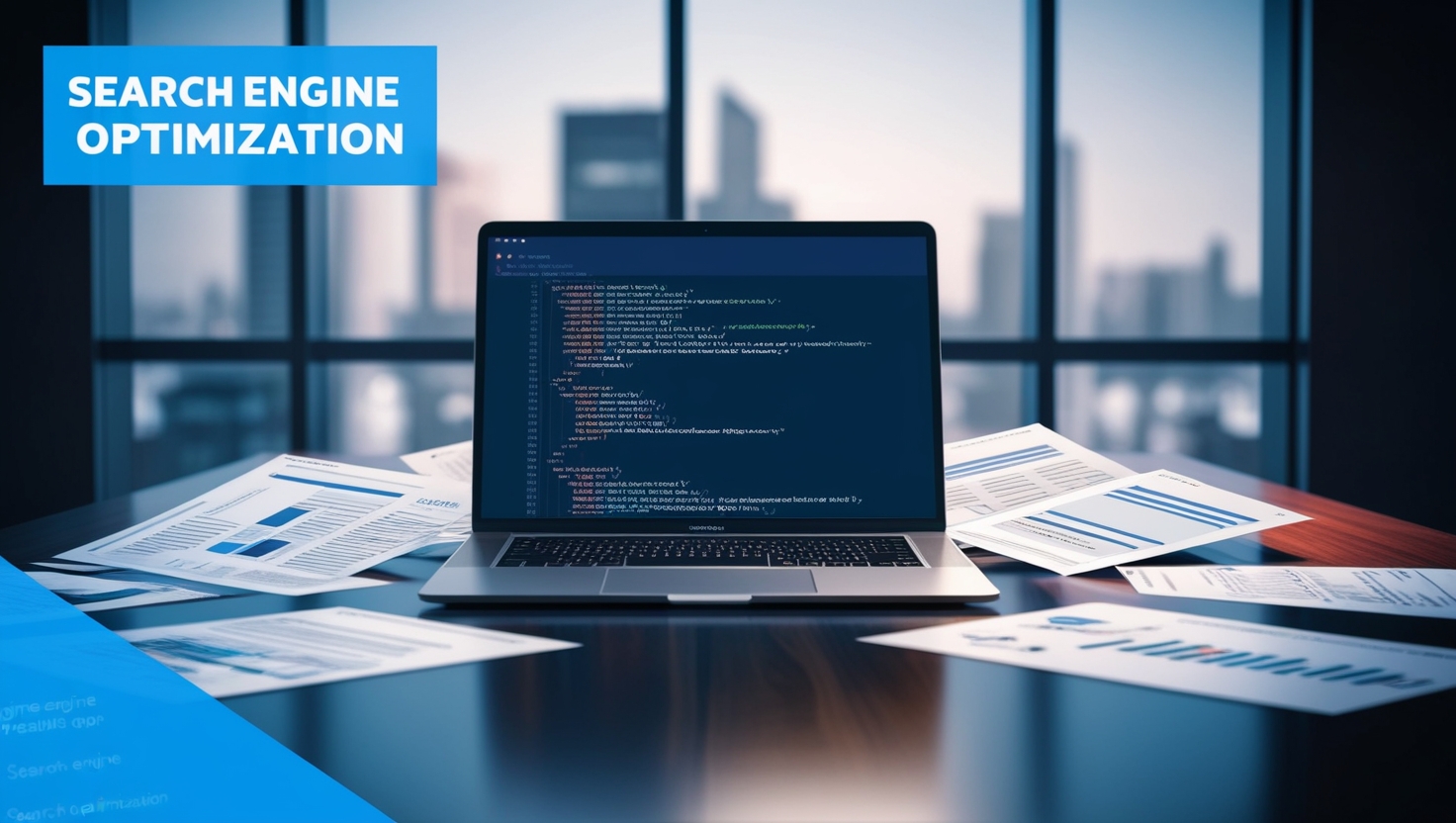Modern Web Design Trends: Top 10 Ways to Boost Conversions in 2025
Introduction
In today’s digital world, modern web design trends aren’t just about aesthetics—they’re key to driving conversions and creating memorable user experiences. If your website isn’t aligned with the latest trends, you’re missing out on opportunities to connect with your audience and grow your business.
Modern web design trends like mobile-first design, bold typography, and AI-powered chatbots ensure your website is not only visually appealing but also optimized for functionality and performance. Ready to future-proof your website? Let’s dive into the top 10 trends shaping the web design landscape in [Current Year].
Why Modern Web Design Trends Matter for Conversions
Staying updated with modern web design trends is crucial to staying ahead of the competition. But why are these trends so impactful for conversions?
- Improved User Experience (UX): Users expect seamless, fast-loading websites. Design choices that prioritize UX help retain visitors and guide them toward taking action.
- Mobile-First Is Essential: With mobile traffic making up over 58% of global internet usage, mobile-friendly design is now a baseline requirement for success.
- Evolving User Expectations: Trends like interactive animations or dark mode reflect user preferences, creating familiarity and trust that directly impacts conversion rates.
By embracing modern web design trends, businesses can create a user-focused experience that keeps visitors engaged and drives them toward making purchases, signing up, or contacting you.
Trend #1: Minimalism and Clean Design
Minimalism has been one of the most enduring modern web design trends, thanks to its focus on simplicity and usability.
- Less Is More: Minimalist websites eliminate clutter, allowing users to focus on key elements like CTAs (calls-to-action). This streamlined approach keeps your visitors on track and reduces decision fatigue.
- Proven Results: Studies show that minimalist design improves user satisfaction and increases conversion rates. For example, Apple’s clean, minimalist website consistently draws attention to its products.
- How to Implement: Use ample white space, a neutral color palette, and clear, contrasting buttons for CTAs.
Minimalism is a trend that delivers functionality and aesthetic appeal, making it ideal for businesses in e-commerce, tech, and more.
Trend #2: Dark Mode Integration
Dark mode has emerged as one of the most visually striking modern web design trends. It offers a sleek, contemporary look while enhancing user comfort.
- Why Dark Mode Works: Dark mode reduces eye strain and highlights certain elements on the page, especially when paired with vibrant colors.
- SEO and UX Benefits: Websites with dark mode options not only improve user satisfaction but also show adaptability to user preferences.
- How to Add Dark Mode: Use CSS or third-party plugins to create a toggle feature. Test thoroughly to ensure your branding remains consistent across both light and dark modes.
Dark mode creates a visually immersive experience that aligns with the preferences of today’s users.
Trend #3: Bold Typography and Unique Fonts
Typography plays a massive role in branding, and this year, bold and creative fonts are among the top modern web design trends.
- Making a Statement: Bold typography grabs attention instantly, helping you convey your message effectively.
- Font as a Brand Tool: Unique fonts can establish brand identity and set your website apart. For example, Netflix’s bold typography emphasizes its user-friendly and sleek interface.
- Tips for Usage: Ensure fonts are legible and optimized for different devices. Pair bold headings with clean body text for readability.
By using typography creatively, you can guide users through your website while leaving a lasting impression.
Trend #4: Micro-Interactions and Animation
Micro-interactions are subtle, yet powerful tools for improving engagement on websites.
- What Are Micro-Interactions? These are small, design-focused animations that guide users or provide feedback—for instance, a button that changes color when hovered over.
- Why They Work: They make your website feel interactive, improving the overall user experience. Animations also subtly direct users toward actions, like clicking a CTA.
- Best Practices: Keep micro-interactions simple and intuitive. Overusing them can slow down your site and overwhelm users.
Integrating animations and micro-interactions can significantly enhance your website’s engagement and conversion potential.
Trend #5: AI-Powered Chatbots for Real-Time Engagement
AI-powered chatbots are a cornerstone of modern web design trends, offering real-time customer support and interaction.
- Why Chatbots Matter: They engage visitors instantly, answering questions, offering recommendations, or even processing sales.
- A Design Element: The chatbot’s visual design should be intuitive, branded, and non-intrusive. A friendly chatbot interface improves customer trust and satisfaction.
- Examples: E-commerce platforms like Shopify often use chatbots to guide users through product selection, boosting sales and reducing bounce rates.
Chatbots create a direct communication channel that converts casual visitors into loyal customers.
Trend #6: Mobile-First and Responsive Design
Designing for mobile-first is the most important modern web design trend you can’t ignore.
- Why It’s Non-Negotiable: Over half of all web traffic comes from mobile devices. If your site doesn’t work flawlessly on smartphones, you risk losing a significant audience.
- Improving Conversions: A mobile-first approach ensures your CTAs, forms, and navigation are optimized for smaller screens, boosting usability.
- Practical Tips: Use responsive grids, touch-friendly navigation, and compressed images to improve site performance.
Investing in mobile-first design ensures your website stays functional and competitive.

Trend #7: Scrolling-Based Interactivity (Parallax Effects)
Interactive scrolling designs like parallax effects are highly engaging modern web design trends that capture attention immediately.
- Storytelling Through Design: Parallax scrolling allows you to create immersive stories by adding movement to static content.
- Tips for Use: Use parallax effects sparingly to avoid slowing down page loading times. Focus on product storytelling or key landing pages.
- Examples in Action: Websites for creative industries or startups frequently use this trend to showcase innovation.
Interactive scrolling is a creative way to guide users toward your key CTAs while keeping them engaged.
Trend #8: Personalized User Experiences
One of the most impactful modern web design trends is personalization.
- How It Works: Personalization tailors the website experience to individual users, increasing engagement and conversions. For example, an e-commerce site might suggest products based on a user’s browsing behavior.
- Tools to Use: AI, CRM software, and cookies are key technologies for implementing personalized experiences.
- Examples: Platforms like Amazon and Netflix are pioneers of personalization, using it to keep users engaged and coming back.
Personalization turns your website into a tailored experience that builds loyalty and trust.
Conclusion: Embrace Modern Web Design Trends
Adopting modern web design trends is about more than aesthetics; it’s about creating an exceptional user experience that leads to conversions. By focusing on trends like minimalism, mobile-first design, and personalization, you’ll ensure your website is both functional and future-ready.
Internal and External Links
- Internal: Why Web Design Matters for Businesses
- External: Learn more about mobile-first design on Google’s Mobile SEO Guide.


